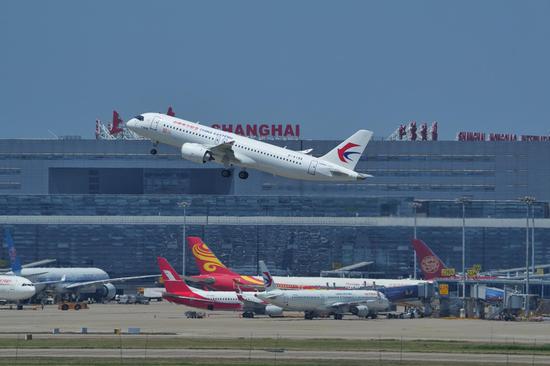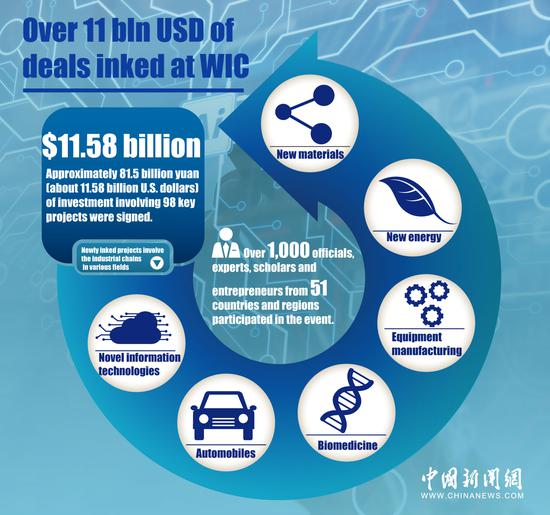Short-term RMB downward pressure does not point to further depreciation
The short-term downward pressure faced by the Chinese currency does not point to further depreciation space in light of China's economic recovery pace, experts said.
The offshore yuan dipped 0.35 percent to 7.1095 per dollar during intraday trading on Tuesday, while the onshore renminbi also weakened to 7.0995 during Tuesday trading hours. The stress further piled on as the onshore RMB momentarily slipped below 7.1 on Wednesday, the first time since Nov 30.
Ever since the RMB breached the 7-per-dollar psychological level on May 17, China's currency has depreciated by nearly 1.4 percent against the greenback to date.
The RMB's central parity rate quoted by the China Foreign Exchange Trade System, a reference for spot trades in the interbank foreign exchange market, stood at 7.0821 on Wednesday, while the quote was already lowered by 243 basis points to 7.0818 the previous trading day.
Feng Lin, a senior analyst at Golden Credit Rating, explained that previous market expectations for the US Federal Reserve to pause interest rate hikes in June and even lower the benchmark interest rate have been undergoing some changes recently. The possible rise in the US debt ceiling has pushed up risk hedging demand. This has helped the US dollar index to remain at a higher level.
Under such a comparison, the Chinese yuan has depreciated against the greenback, which is part of regular market fluctuations, Feng said.
The dollar has gained 1.37 percent since May 18. Other major currencies have thus depreciated against the greenback, with the euro down 1.22 percent, the Japanese yen shedding 2.01 percent and the British pound sliding 1.1 percent.
Amid economic recovery, the RMB will show moderate appreciation against the US dollar at the end of this year to reach around 6.8, as it stood at 6.95 at the end of 2022, she added.
Similarly, JP Morgan China's chief economist Zhu Haibin said that the USD/CNY exchange rate will stand between 6.8 and 6.9 when 2023 wraps up.
Unlike the Chinese yuan falling below the 7-per-dollar level three years ago, the market and China's central bank are now less sensitive to such fluctuations.
In a news conference in March, Yi Gang, governor of the People's Bank of China, the country's central bank, said that the RMB's fall below the 7-per-dollar level would no longer be a psychological barrier because China's economy and market expectations are stable.
The yuan's recent depreciation can be largely attributed to China's weaker-than-expected April economic data. Concerns over China's economic recovery pace have thus emerged, resulting in the seemingly sluggish performance of the Chinese yuan, Zhu said.
The economic slowdown in overseas markets will result in sluggish demand for China's exports, a trend that has already been noticeable since the second half of last year. China's trade surplus will be thus smaller, weighing on the RMB's value, he added.
While economic growth in Europe and the US will decline this year, the outlook for China is more positive. The difference in economic growth between the major economies will form a major means of support for the RMB. The above two factors will be the major elements affecting the yuan's value this year. Despite the short-term volatility, the RMB will remain largely stable while fluctuations may not be avoided throughout the year, Zhu said.


















































 京公网安备 11010202009201号
京公网安备 11010202009201号